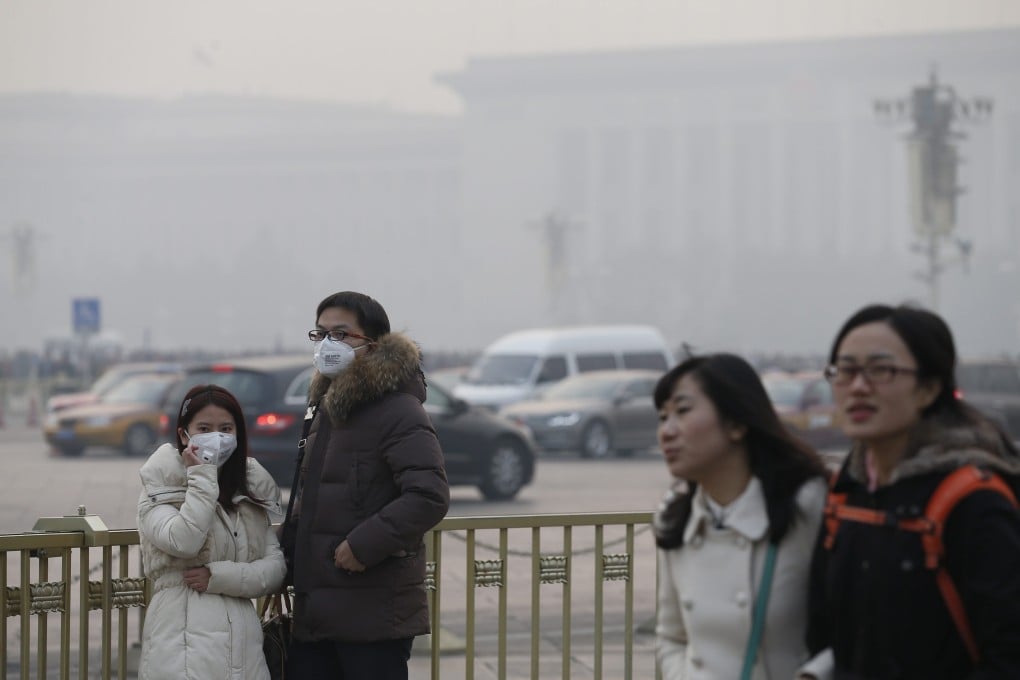Cars or coal? Scientists split over main culprit of Beijing's air pollution

As China enters 2014 reeling from one of the worst polluted winters in recent years, experts from two major research institutes have openly disagreed over what is the main culprit behind the capital city's dismal air pollution.
The Chinese Academy of Sciences (CAS), the country's top research body, released a study on December 30 saying motor vehicle emissions were only responsible for less than 4 per cent of Beijing's PM2.5, the most health-threatening fine air pollutants. Instead, the study identified fossil fuel burning as the largest contributor of PM2.5, contrary to popular beliefs that the nearly 5.5 million cars clogging the capital's streets were chiefly to blame for its air pollution.

The CAS study analysed air samples in the capital on a seasonal basis, and found that pollutants generated from industrial production and coal-burning the source of Beijing's PM2.5 pollutants. According to the study, coal burning, industrial pollution and secondary inorganic aerosol, a catch-all term for inorganic particulates formed as a product of complex chemical reactions among pollutants, account respectively for 18 per cent, 25 per cent and 26 per cent of the air pollution at large.
Combined waste incineration and motor vehicle emissions are responsible for 4 per cent of the hazardous PM2.5 fine particles in Beijing's air, it says.
But the academy’s conclusion appears self-contradictory as motor vehicle emissions are themselves a major contributor to secondary inorganic aerosol, argued Pan Tao from the Beijing institute. Moreover, Pan asserted, it was simply impossible that car exhaust could account for as little as 4 per cent of Beijing's main air pollutants.